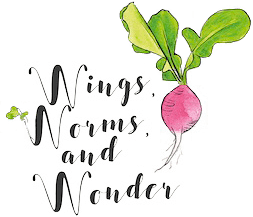Wonder Wednesday 136: Window Listening
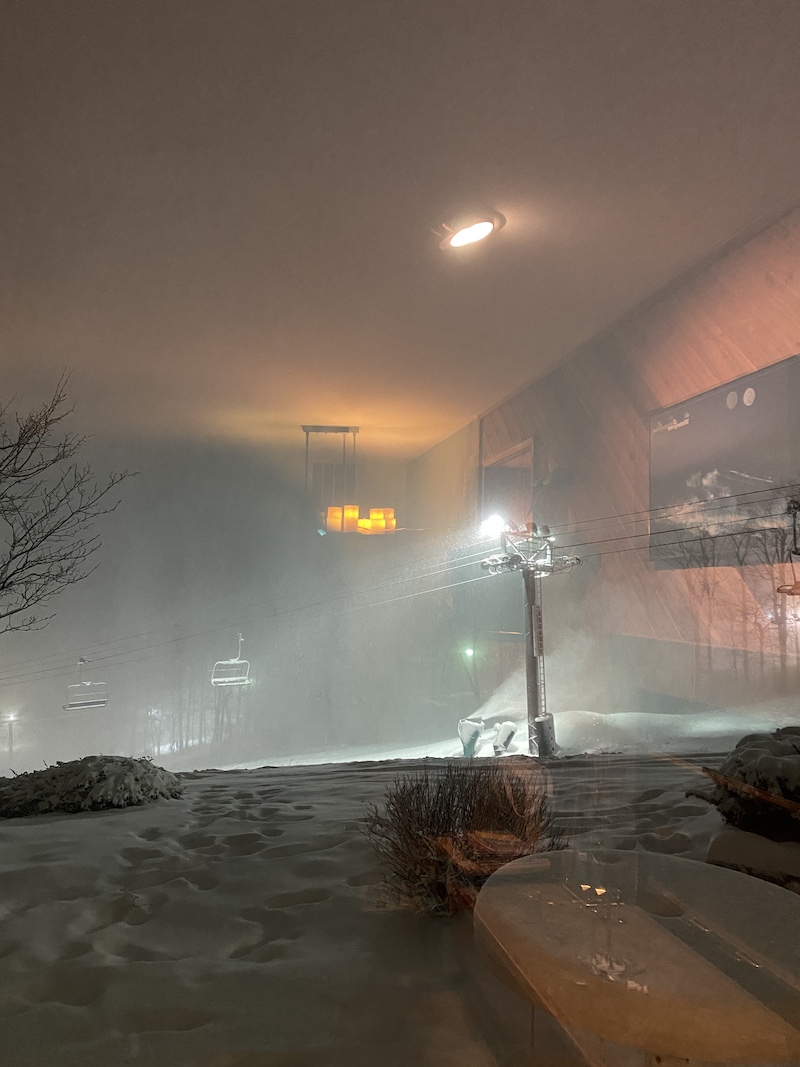
Deep Listening & Gluggaveður
This Wonder Wednesday Window Listening project is inspired by Pauline Oliveros and her Deep Listening. Deep Listening offers something for everyone, even people who are deaf or hearing impaired actually!
If you have my book Draw Yourself Back to Nature, this will be familiar to you. If you don't have it yet, no problem!
This winter's weather has been strange to say the least, and observing all the fluctuations could make a nature journaler dizzy!
With the roller coaster of temperature swings, rain when it should be snow, and more, I've been getting outside, but not always as much as I'd like. However, I do spend quite a lot of time gazing out the window these days. I've been feeling a bit mentally weird about spending so much time in passive observation, when my physical body is yelling at me for outdoor movement.
Then, I came across the Icelandic word gluggaveður (gloo-ga-veh-thur). I learned that glugga means window and veður means weather. So how does an Iceland cultural concept and Deep Listening come together in my brain to reconcile all my indoor observation?
Gluggaveður:
The concept of "window weather" describes feeling a joy in observing nature through a window while immersed in the cosiness and warmth of home - particularly weather and nature that may be less than cosy if one was outdoors. It embraces the philosophical ideas of awe and the sublime, and the idea that there is beauty in the storm when viewed from a safe and comfortable place.
I love to sit in a window and gaze out and I know I'm not alone in this. I think it draws on our biophilic evolutionary biology of Homo spaiens preferring a vantage point over a savanna where we can observe the world around us.
So how can we elaborate on this concept through the lens of nature journaling - beyond simply visually observing what we see out the window?
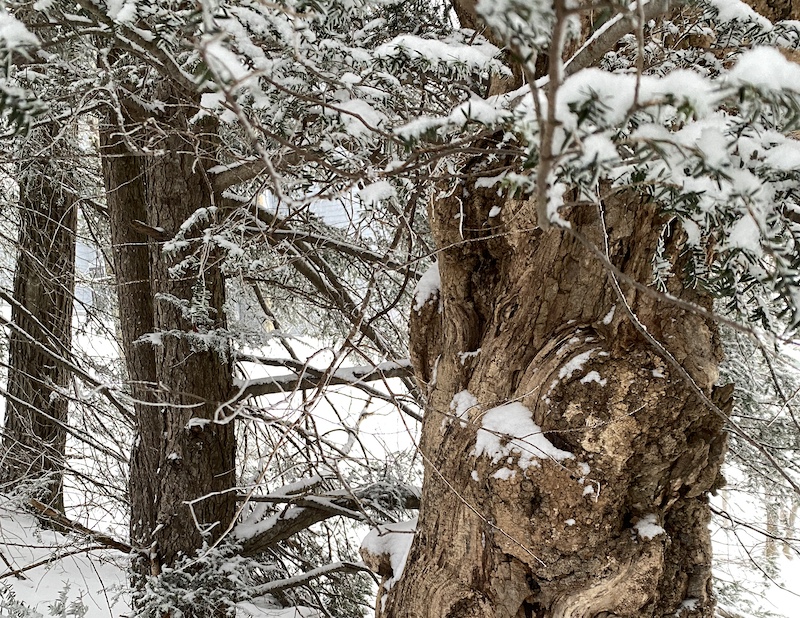
Deep Listening:
Deep listening, as developed by Pauline Oliveros can add another level of sensorial richness to staring out the window from a cosy spot on a rainy damp winter day. Consider - what do we hear while we gaze out a window?
Can we hear birds or children playing outside? What about rain or ice tapping on the glass? Can we hear wind howling or even the glass itself acclimating to temperature variances on either side?
And if one is Deaf or experiences a hearing impairment, what could they (and hearing people) feel - vibration wise? How does the vibrational tapping of wind blown wintery mix feel on the window? How does the temperature variance feel?
These are all amazing observations we can make when we deep listen.
As the Icelanders teach us with gluggaveður, we don't have to actually be outdoors to connect with nature - whether in general or through deep listening! So this Wonder Wednesday Window Listening project is inspired by Pauline Oliveros' Deep Listening and gluggaveður!
Wonder Wednesday 136: Window Listening
Materials
A window
A Nature Journal & Pencil
Optional:
Any other art supplies you like
Anything you want to have to feel cosy near your window (so a blanket, pillow, cup of tea...)
Preparation
Allot the time to do this deep listening - this may mean coordinating with family or housemates for a period of quiet time around the window you will be using.
Arrange your space in a way that allows you to be very close to the window and to also be very comfortable.
Gift yourself 30 minutes (or more) to do this observation exercise. If you are doing this with children, the physical prep and journaling portion will be longer than the deep listening portion since children's attention spans are shorter, but with practice you can work up to longer deep listening with them - and with yourself solo too!
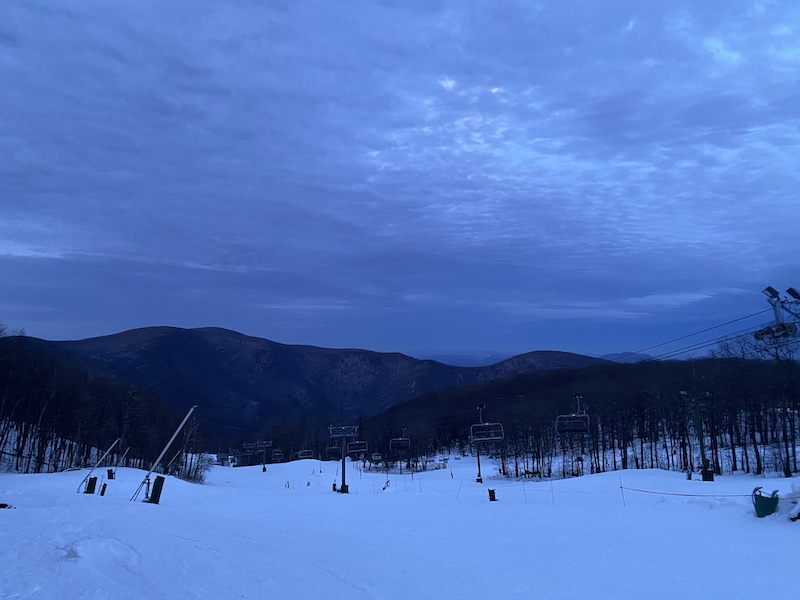
Procedure
Before settling down in your window spot, for 3-5 minutes, physically bring your awareness into your body in a way that feels authentic to you. This may mean doing some yoga poses, some reaches and toe touches, forward bends or twists, arm swinging - whatever works for your body and that you like.
Settle into your spot and get physically comfortable.
Do a few minutes of slow relaxing deep breathing. Focus on the breath filling and exiting your lungs. Let yourself relax and let the mind just follow the breath. When thoughts or distractions come into the mind (and they will) just acknowledge them, tell them you will get back to them later, and breathe them out.
*If you ever being to feel lightheaded or dizzy during deep breathing, just return the breath to your normal breathing.
After about a full minute or so of focused deep breathing, return the breath to normal.
Bring the palms of the hands to the chest and rub them together vigorously. Create a heat. Then place the palms over the eyes. Let the eyes release into the warm darkness. Bring your awareness to your ears & Listen.
As the warmth subsides, release the hands - keep the eyes closed. Listen deeper. What do you hear beyond the initial sounds?

Keeping the eyes closed or mostly closed, place a hand on the window. Bring the awareness to your palm. What vibrations can you hear with your hands through the glass? Listen with your whole body and feel the impacts and effects of sound in the body.
When the mind becomes restless and thoughts try to distract (and they will), acknowledge them, tell them you'll get back to them later, and return the awareness to listening.
Listen for 5 minutes (or more) through feeling and or sound.
Observe the emerging relationships between the sounds, the spaces between the sounds, the duration of sounds, the quality of sounds, how the sounds make you feel both physically and psychologically, the volume of the sounds, and the location of the sounds (actual or perceived).
Remember while you listen that, "There is no sound without silence before and after. Sound/silence is a symbiotic relationship...Listening to sound means listening to silence, and vice versa...Silence is the space between sounds." Pauline Oliveros
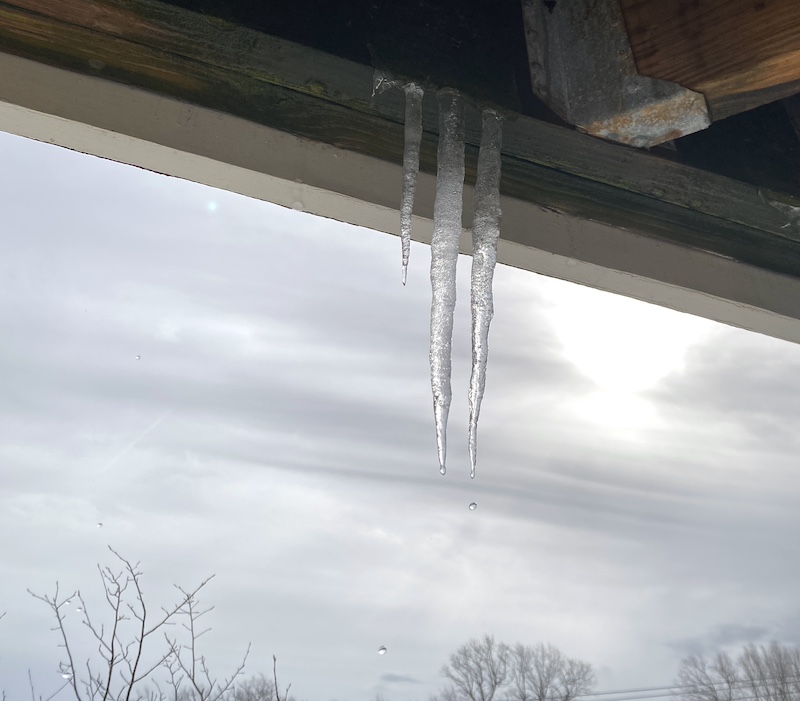
Observe which sounds command more of your attention. Observe which sounds you willingly give more attention to and which sounds we can listen to simultaneously without preference. "Exclusive listening" is when our attention narrows to give our full attention to a sound. Experiment with exclusively listening to a sound to hone in on details of a sound to gather clarity of the dimensions of that sound.
Next, practice what Oliveros calls "Inclusive listening" - which is a deeper type of listening that is impartial. Where you don't get involved mentally with the sounds triggering emotions, labels, memories, etc. Practice listening in an open, receiving, and impartial way. Let the sounds pass through you.
When you feel ready, Open the eyes and observe the sounds (if you can) while you continue to listen. (for ex - do you see the bird or the children, watch the rain or ice hit the window, see the trees blow in the wind)

After deep listening and observing through the window for a time, bring your awareness back to your physical body. Increase the breaths and bring energy to the physical body.
Stretch and squeeze the hands and arms.
Move in any way that feels natural and needed by the body to reenergize it after Deep Listening.
In your nature journal, record the sounds you observed in pictures and or words. On the page, be sure to document the date, the weather, and the location along with your sound observations.
If you love this exercise, you may even want to create a specific deep listening nature journal.
You could track the sounds in your nearby nature all year round.
(& Of course Deep Listening can and should be done outdoors too.)
Seeds to Sprout
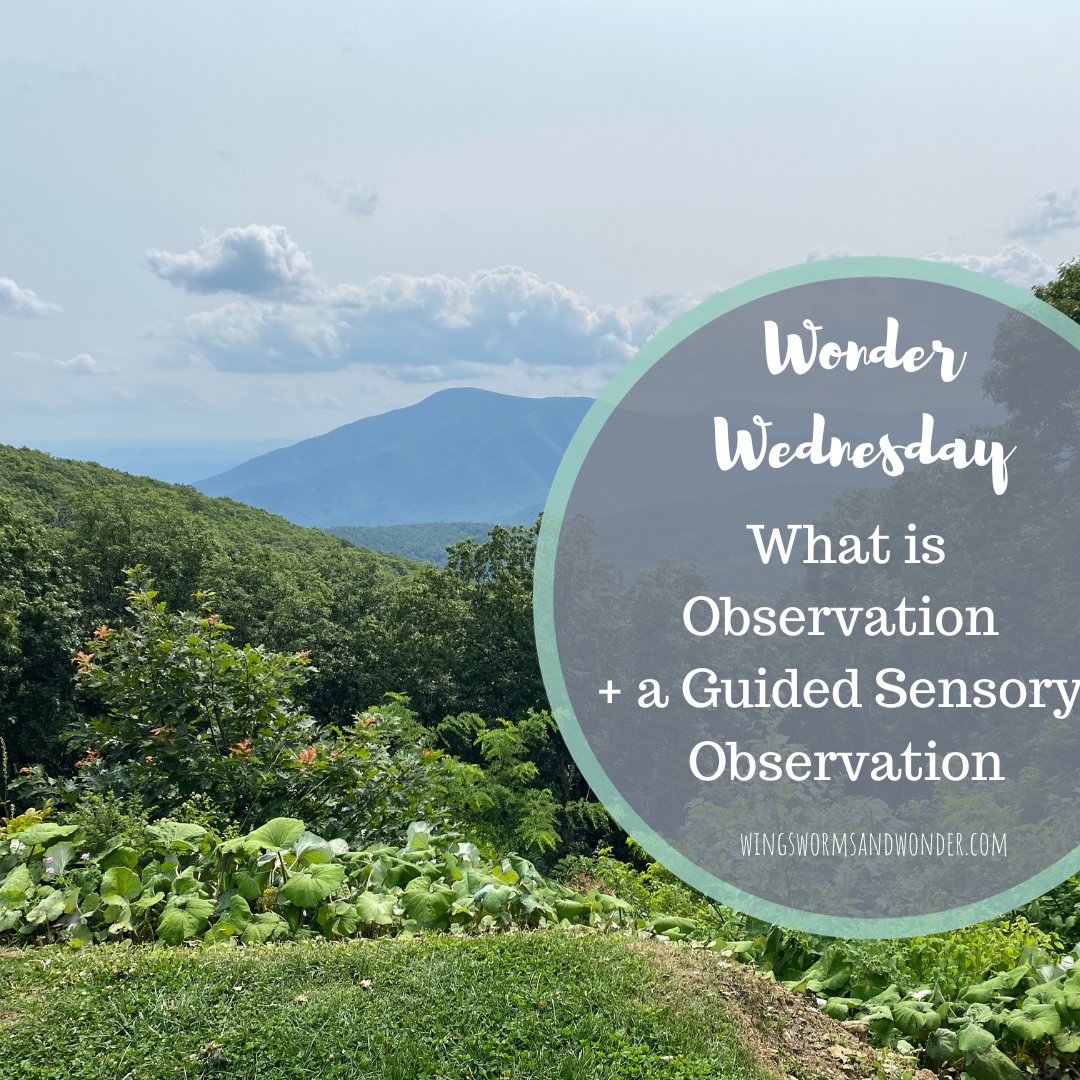
Guided Sensory Observation
Keep honing those observation skills with my classic guided sensory observation!
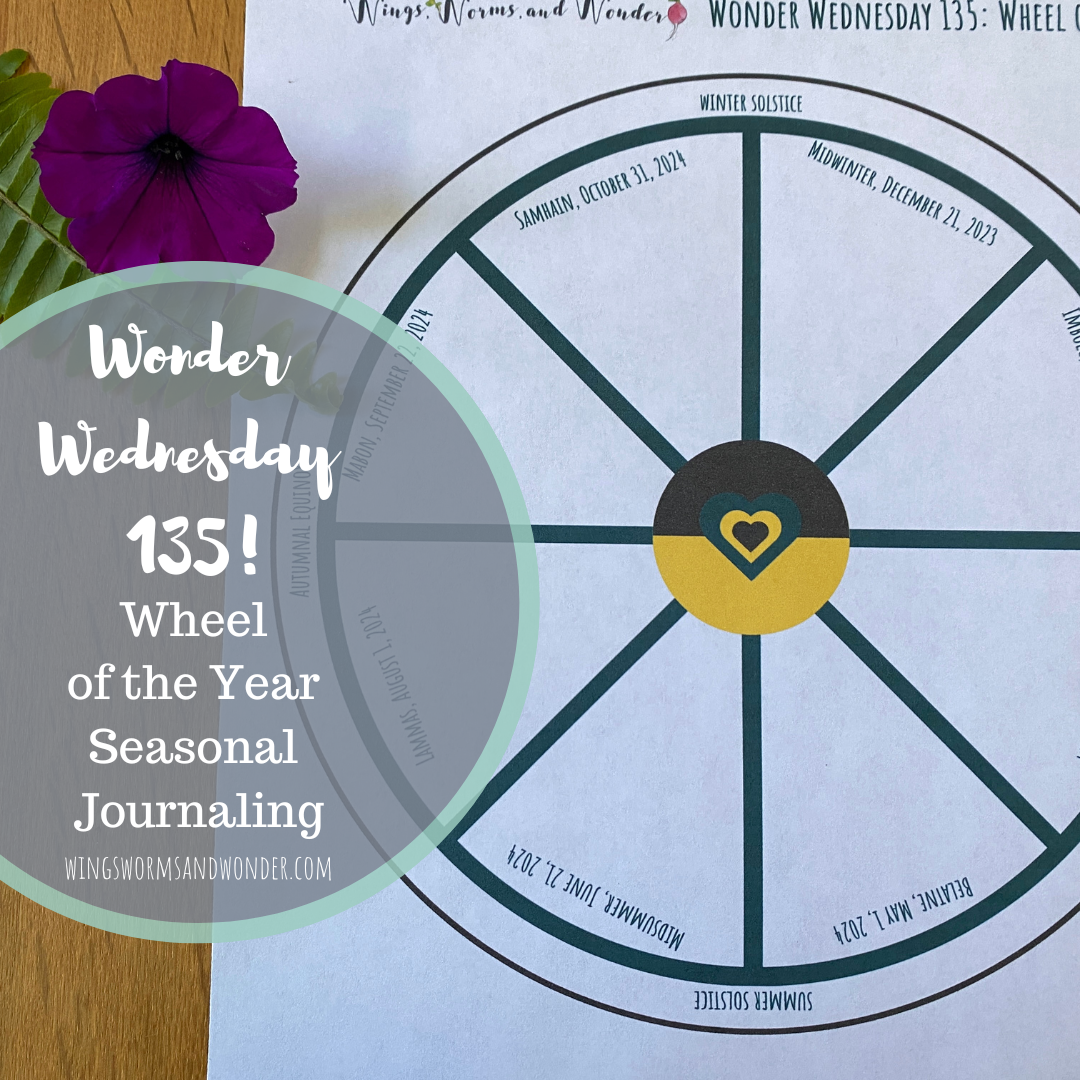
Wonder Wednesday 135: Wheel of the Year
Observe the seasons with this Wonder Wednesday Wheel of the Year project!
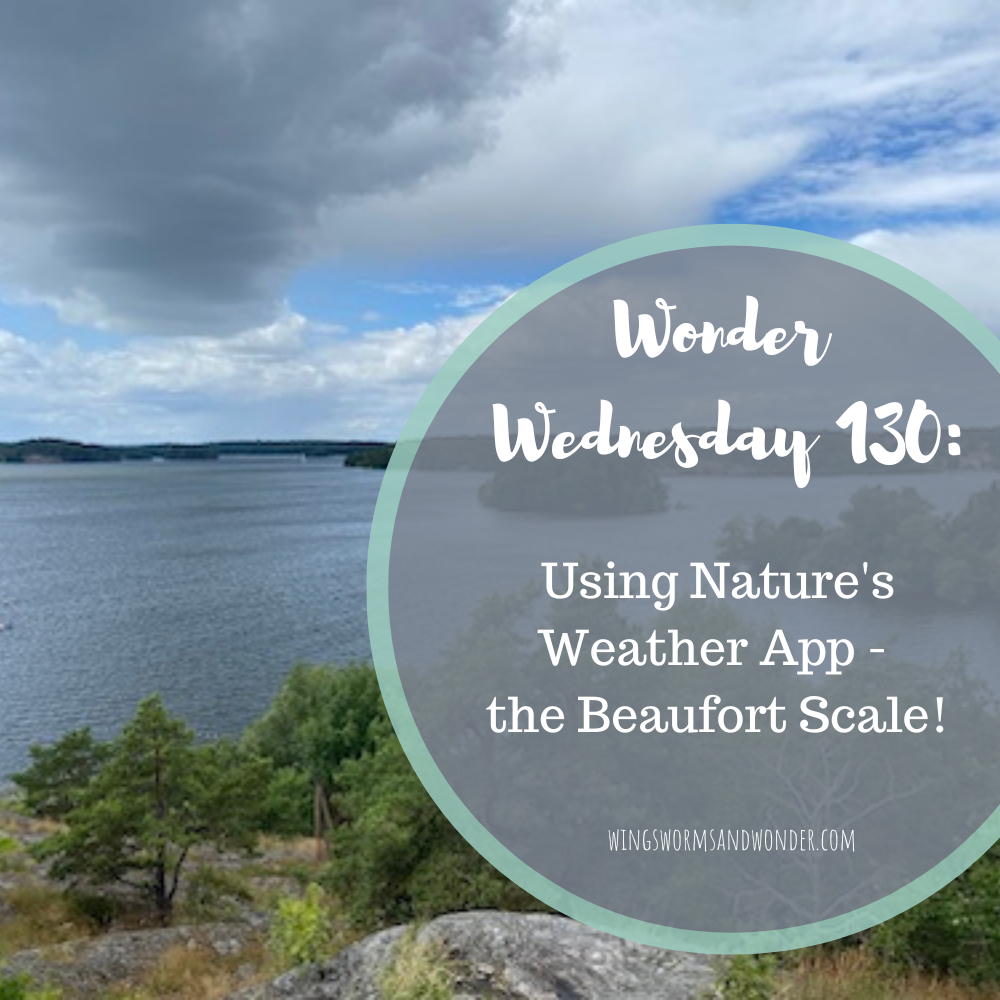
Wonder Wednesday 130: Nature's Weather App
Learn to observe the wind and weather using the Beaufort Scale!
